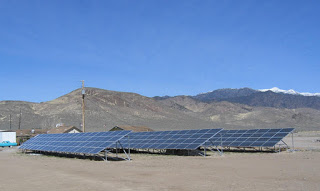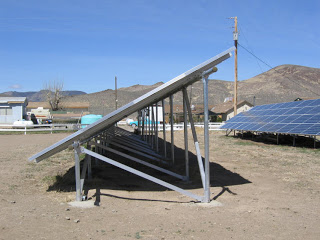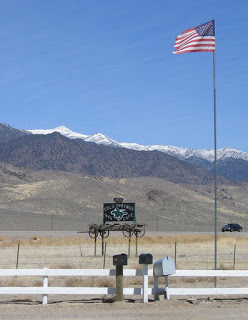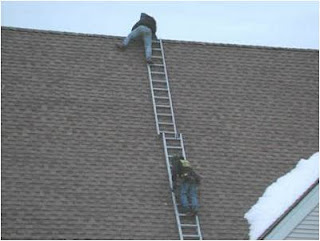In the original Christmas story, a bright star appears over Bethlehem attracting three wise men from the East. They traveled from far away to see what they believed was the Messiah who was just born. The arrival of the wise men was considered to be a very strong signal. This baby born in Bethlehem was a very strong to be a very strong teacher, prophet and healer.
Over 2,000 years later, the signal of climate change is becoming evident from many different sources of scientific evidence, such as changes in the atmosphere, oceans, polar ice shelves, sea level rise, weather patterns, etc. Just like the prominent news in Bethlehem of wise men arriving from the East, it is getting harder to ignore the vast amount of news about climate change these days.
For me, it has been fascinating how my best friend, Scott, has reacted to the news of climate change. I have known him for nearly 30 years. I met him back in 7th grade when we would eat lunch together at school and talk baseball. We still talk regularly on the phone. Since high school, our lives have gone in totally different directions. He is an auto mechanic outside of Seattle, Washington with a wonderful family. I am a single seasonal park ranger at Crater Lake. Scott has similar conservative political views as ‘Joe the Plummer,’ who became famous during the 2008 Presidential Campaign. I have become very a very progressive environmentalist with spending the last twenty years working in the national parks. We have kept the friendship strong over the years with the unspoken rule of not talking about politics.
Over the years, Scott has had a lot of fun making fun of the issue of global warming. He loved to joke how he would love to see palm trees in Seattle and his home state of Wisconsin. He would welcome sea level rise because he could launch his boat so much closer to the Puget Sound form his house. We would have so much fun talking about other stuff about baseball, the outdoors, music etc. However, I would have to bite my tongue so hard that it would almost bleed at times when he would make his global warming jokes. I would be staying at his house, with his family, and eating his food during these short visits. I wanted to be a gracious guest so I just did not have the heart to correct him.
Scott was very eager to share with me amazing story though when I visited him in 2008. He was teasing his son, Ricky about global warming over the years, just like me. However, Ricky was coming home from school and not giving an inch on this issue. He kept saying, “No, Dad, we are learning about this in school and this is why global warming is a huge concern…“
Finally, Scott wanted to let me know that he thought Ricky was on to something. He could not dismiss his own son and what he was learning in school. His best friend, who is a tree hugger park ranger, he might overlook on this issue from living out in the woods too long. However, it was hard to ignore his son who was coming home from school with articulate facts on climate change. Just like the town of Bethlehem noticing the original Wise Men, it was hard for Scott to ignore the Two Green Wise Men showing up in his life.
As a side note, I called up Scott a few days ago to ask him if this story was true. He said it was. However, we wanted to add that he still welcoming global warming and sea level rise so he can go fishing from his house. However, Scott went out of his way to wish me all the best as I am following my passion to be a climate change communicator. His tone could not have been more supportive and encouraging. In the end, that is all you can ask for in a best friend and more. It makes me want to double my efforts even more to inspire people to resolve climate change. I am going to do all I can to prevent dangerous climate change. In the end, all the negative consequences are going to far outweigh any possibility of Scott being able to fish from his house.














